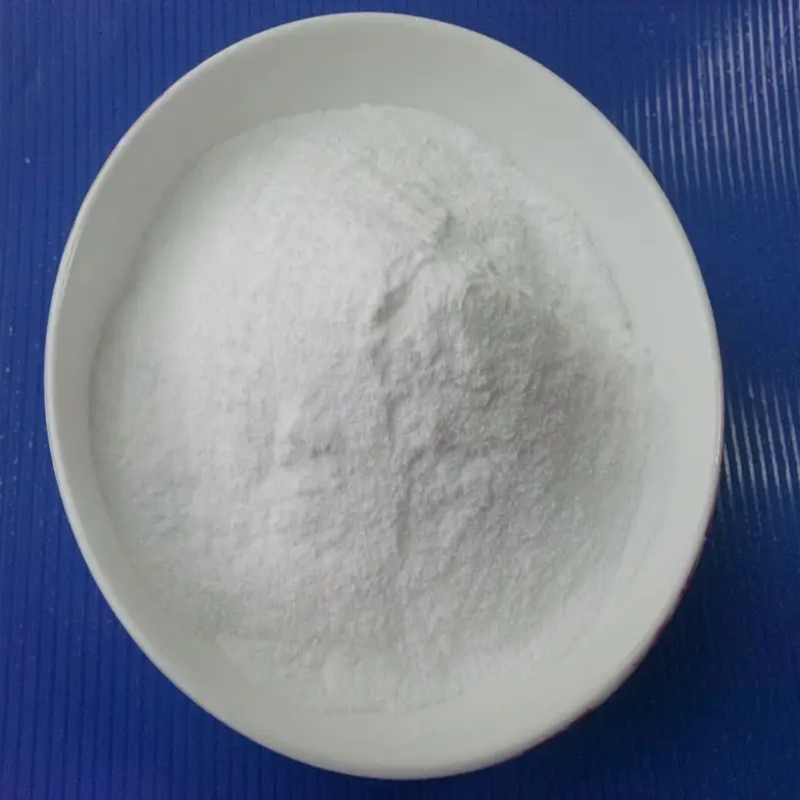-
Categories
-
Pharmaceutical Intermediates
-
Active Pharmaceutical Ingredients
-
Food Additives
- Industrial Coatings
- Agrochemicals
- Dyes and Pigments
- Surfactant
- Flavors and Fragrances
- Chemical Reagents
- Catalyst and Auxiliary
- Natural Products
- Inorganic Chemistry
-
Organic Chemistry
-
Biochemical Engineering
- Analytical Chemistry
- Cosmetic Ingredient
-
Pharmaceutical Intermediates
Promotion
ECHEMI Mall
Wholesale
Weekly Price
Exhibition
News
-
Trade Service
▎Editor of WuXi AppTec's content team Since our ancestors were infected with retroviruses millions of years ago, a type of virus called "human endogenous retrovirus (HERV)" has been lurking in us In the genome.
Although HERV has lost the ability to replicate and infect during evolution, it has become an indispensable part of our genome.
Image source: 123RF What impact these virus fragments will have on humans and what their relationship with human diseases have attracted the attention of scientists for a long time, but in the past, due to limited technical means, people were not clear.
Recently, scientists have used advanced technology to successfully prove for the first time that a group of HERV will have a negative impact on human brain development after activation.
The research results were published in the authoritative academic journal Cell Stem Cell.
The researchers pointed out that neurodegenerative diseases are usually related to the activation of some HERV, so it is an important discovery that HERV activation can interfere with neuron development and function.
Environmental factors such as viruses, bacteria, and ultraviolet light can activate different HERVs, potentially contributing to the onset of diseases.
Blocking different HERVs by targeting may open up a new research field for the treatment of patients with neurodegenerative diseases.
Using CRISPR gene editing technology, researchers activated a specific set of HERVs in human embryonic stem cells, namely HERV-K (HML-2), and allowed the stem cells to differentiate to produce neurons.
They found that these viral elements in turn activate specific genes, including some classic developmental factors involved in brain development, resulting in complete loss of function of cerebral cortex neurons.
The development of these cortical neurons is very different from that of healthy neurons, in that the axons are much shorter and the branches are much less.
▲ Neurons (right) after activating HERV lose their normal functions, and their morphology is different from normal neurons (left) (Image source: Reference [2]; Credit: Helmholtz Zentrum München / Michelle Vincendeau) The experiment also revealed that this group The interference of HERV on the development of cortical neurons is only for specific cell types, for example, dopaminergic neurons are not affected.
In addition, experimental results on cultured forebrain organoids also showed that the transcription of the HERV-K (HML-2) sequence altered the formation of the cortical layer.
These results indicate that activation of this group of HERV is harmful to the development and function of cortical neurons, and ultimately impairs brain development.
▲Schematic diagram of the mechanism of this study: activation of HERV-K (HML-2) leads to excessive activation of genes such as NTRK3, impairing the differentiation of cerebral cortex neurons and cortical development (picture source: reference [1]) This study also suggests that healthy During brain development, epigenetic mechanisms keep HERV under control.
The corresponding author of the study, Dr.
Michelle Vincendeau, speculated that controlled HERV may play a role in the normal development of the brain.
"We have carried these virus fragments for about 40 to 70 million years.
We believe that their existence is related to human natural processes, otherwise they would not be retained for so long in the evolutionary process.
" Next, the research team will study the disease background Under the influence of HERV inactivation in neurons, it may reveal the new functions of these ancient virus sequences.
References: [1] Padmanabhan Nair, V.
, et, al.
(2021).
Activation of HERV-K(HML-2) disrupts cortical patterning and neuronal differentiation by increasing NTRK3.
Cell Stem Cell.
Published.
https:// doi.
org/10.
1016/j.
stem.
2021.
04.
009[2] The viruses in our genes: When activated, they impair brain development.
Retrieved May 20, 2021, from https://medicalxpress.
com/news/2021-05 -viruses-genes-impair-brain.
html
Although HERV has lost the ability to replicate and infect during evolution, it has become an indispensable part of our genome.
Image source: 123RF What impact these virus fragments will have on humans and what their relationship with human diseases have attracted the attention of scientists for a long time, but in the past, due to limited technical means, people were not clear.
Recently, scientists have used advanced technology to successfully prove for the first time that a group of HERV will have a negative impact on human brain development after activation.
The research results were published in the authoritative academic journal Cell Stem Cell.
The researchers pointed out that neurodegenerative diseases are usually related to the activation of some HERV, so it is an important discovery that HERV activation can interfere with neuron development and function.
Environmental factors such as viruses, bacteria, and ultraviolet light can activate different HERVs, potentially contributing to the onset of diseases.
Blocking different HERVs by targeting may open up a new research field for the treatment of patients with neurodegenerative diseases.
Using CRISPR gene editing technology, researchers activated a specific set of HERVs in human embryonic stem cells, namely HERV-K (HML-2), and allowed the stem cells to differentiate to produce neurons.
They found that these viral elements in turn activate specific genes, including some classic developmental factors involved in brain development, resulting in complete loss of function of cerebral cortex neurons.
The development of these cortical neurons is very different from that of healthy neurons, in that the axons are much shorter and the branches are much less.
▲ Neurons (right) after activating HERV lose their normal functions, and their morphology is different from normal neurons (left) (Image source: Reference [2]; Credit: Helmholtz Zentrum München / Michelle Vincendeau) The experiment also revealed that this group The interference of HERV on the development of cortical neurons is only for specific cell types, for example, dopaminergic neurons are not affected.
In addition, experimental results on cultured forebrain organoids also showed that the transcription of the HERV-K (HML-2) sequence altered the formation of the cortical layer.
These results indicate that activation of this group of HERV is harmful to the development and function of cortical neurons, and ultimately impairs brain development.
▲Schematic diagram of the mechanism of this study: activation of HERV-K (HML-2) leads to excessive activation of genes such as NTRK3, impairing the differentiation of cerebral cortex neurons and cortical development (picture source: reference [1]) This study also suggests that healthy During brain development, epigenetic mechanisms keep HERV under control.
The corresponding author of the study, Dr.
Michelle Vincendeau, speculated that controlled HERV may play a role in the normal development of the brain.
"We have carried these virus fragments for about 40 to 70 million years.
We believe that their existence is related to human natural processes, otherwise they would not be retained for so long in the evolutionary process.
" Next, the research team will study the disease background Under the influence of HERV inactivation in neurons, it may reveal the new functions of these ancient virus sequences.
References: [1] Padmanabhan Nair, V.
, et, al.
(2021).
Activation of HERV-K(HML-2) disrupts cortical patterning and neuronal differentiation by increasing NTRK3.
Cell Stem Cell.
Published.
https:// doi.
org/10.
1016/j.
stem.
2021.
04.
009[2] The viruses in our genes: When activated, they impair brain development.
Retrieved May 20, 2021, from https://medicalxpress.
com/news/2021-05 -viruses-genes-impair-brain.
html







